
When it comes to telling the history of pre-Columbian Peru, there has traditionally been just one empire that has dominated the headlines. That is, of course, the Inca. But that mighty imperium on South America's western seaboard would reach its zenith in the 15th and 16th centuries, which leaves around two millennia where a cluster of other civilisations burned brightly before fading away in the shadows of the Andes. In many ways, these realms were every bit as sophisticated as their more celebrated successor.
The Nazca, who thrived in southern Peru between c200 BC and AD 650, were a people of skilled craftsmen who produced elaborate textiles and ceramics. Agriculture was central to their way of life, growing crops such as maize, squash and sweet potatoes. And while the Inca are noted for practising human sacrifice, archaeological excavations suggest that the Nazca were carrying out ritualistic killings to propitiate the gods more than 1,000 years earlier. Excavated burials have revealed victims with eyes blocked and excrement placed in their mouths. It is a ghoulish image, but part of the developed Nazca belief system.
There was more to the Nazca than blood and butchery, though. They created colossal geoglyphs (see box on opposite page), and Nazca shaman are thought to have worked themselves up into drug-induced trances before appealing to the spirits of nature to serve up a good harvest. These entreaties appeared to have worked until the seventh century AD, for that was when the culture collapsed. We cannot be sure what caused the Nazca to disappear. Scientists have theorised that an extreme climate event, such as intense flooding, might have dealt the fatal blow.
WONDERS OF THE WARI
この記事は History Revealed の April 2023 版に掲載されています。
7 日間の Magzter GOLD 無料トライアルを開始して、何千もの厳選されたプレミアム ストーリー、9,000 以上の雑誌や新聞にアクセスしてください。
すでに購読者です ? サインイン
この記事は History Revealed の April 2023 版に掲載されています。
7 日間の Magzter GOLD 無料トライアルを開始して、何千もの厳選されたプレミアム ストーリー、9,000 以上の雑誌や新聞にアクセスしてください。
すでに購読者です? サインイン
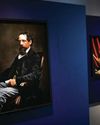
'Dickens's evocation of the fears, excitement and confusion of childhood is peerless'
DR LEE JACKSON ON WHY CHARLES DICKENS REMAINS RELEVANT TODAY
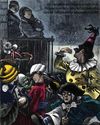
THE AUTHOR GOES ABROAD
Dickens expanded his horizons and boosted his fan-base by venturing overseas - but global fame came with a cost
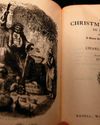
REVIVING THE FESTIVE SPIRIT
A Christmas Carol wasn't just a bestseller - it changed the way that Britons chose to mark the festive season

GIVING THE POOR A VOICE
From Hard Times to Oliver Twist, Charles Dickens used his pen to help illuminate the lives of the less fortunate
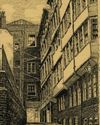
A JOURNEY THROUGH DICKENS'S LONDON
The works of Charles Dickens are synonymous with visions of Victorian London. We talk to Dr Lee Jackson about the author's love of the capital, and the locations that most inspired him
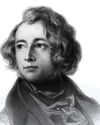
EXCEEDING EXPECTATIONS
Dr Lee Jackson chronicles Charles Dickens's journey from down-at-luck teenager to titan of Victorian literature
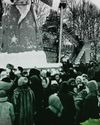
GIFTS, TREES & FEASTING
We take a journey through the photo archives to reveal how Christmas and its many traditions have been celebrated over the years - and around the world
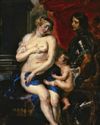
WHAT GREAT PAINTINGS SAY
We explore the story behind an allegorical painting that celebrates the triumph of love over hate, peace over war
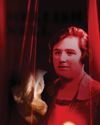
HELLISH NELL
Malcolm Gaskill delves into the life of Helen Duncan - the fraudulent Scottish medium whose ectoplasm-filled seances saw her ending up on the wrong side of the law
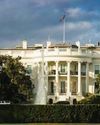
7 THINGS YOU (PROBABLY) DIDN'T KNOW ABOUT THE WHITE HOUSE
Presidential historian Dr Lindsay M Chervinsky reveals some of the most surprising facts about the world-famous US residence